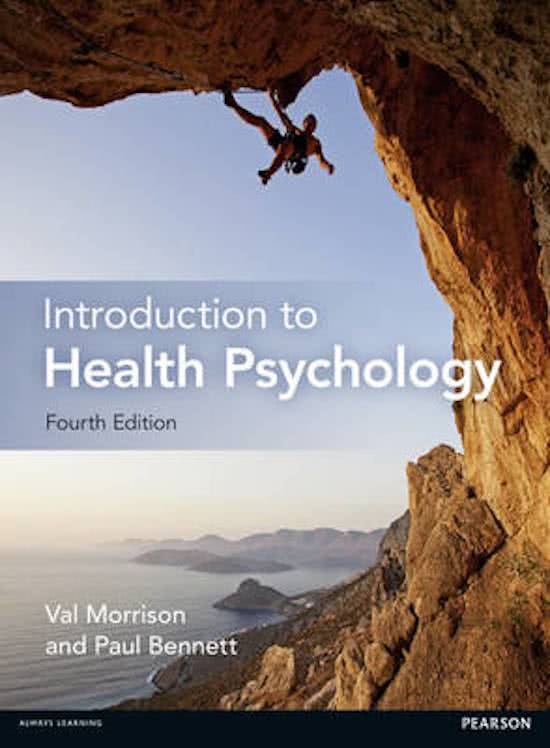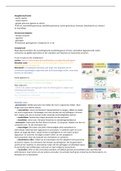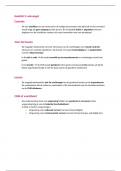Resume
Summary An Introduction to Health Psychology (Morrison V. & Bennet P.)
- Cours
- Établissement
- Book
Summary of all lectures and the book: Morrison V. & Bennet P. (2012/2016). An Introduction to Health Psychology. Pearson / Prentice Hall, Harlow.
[Montrer plus]












